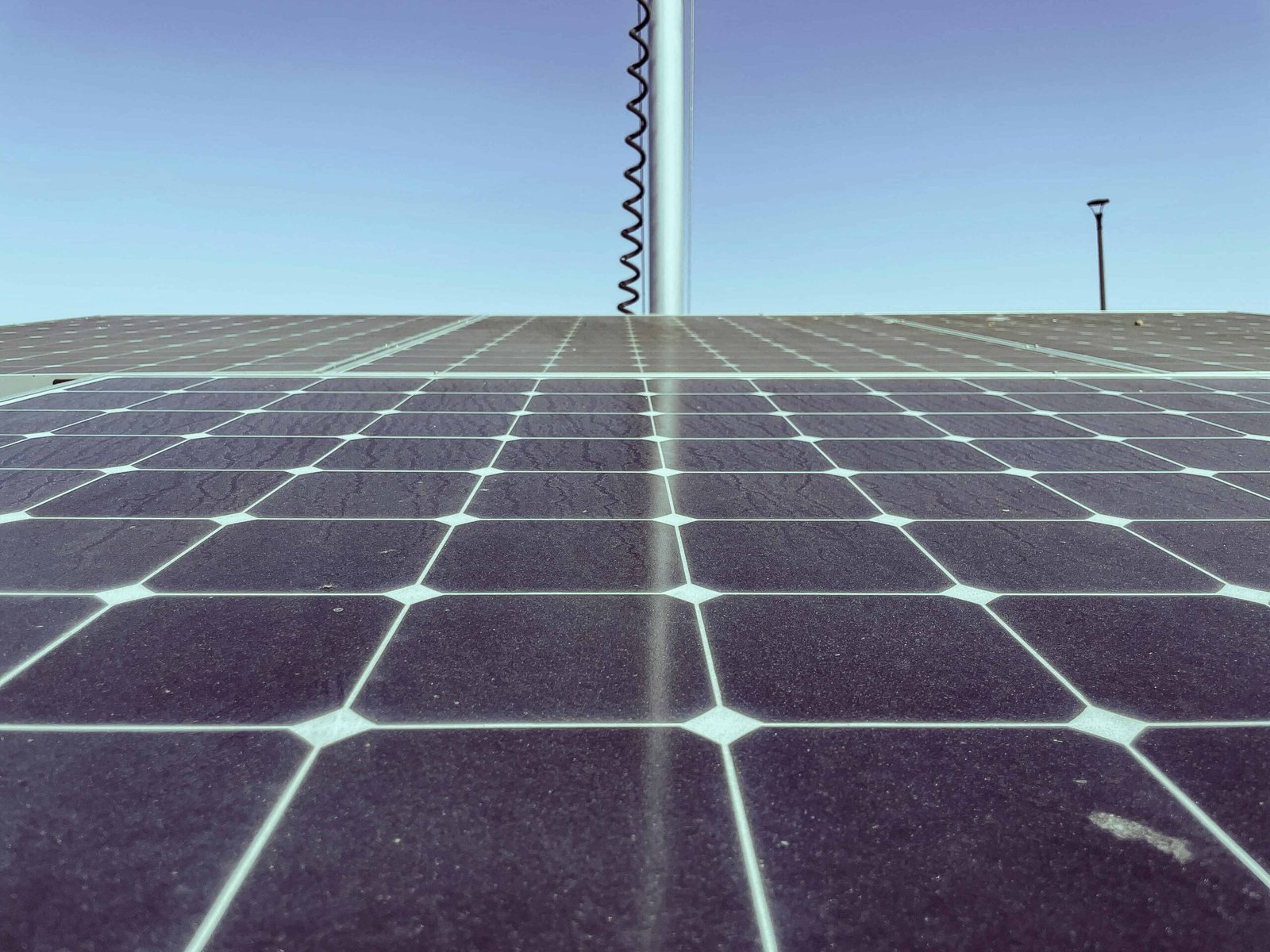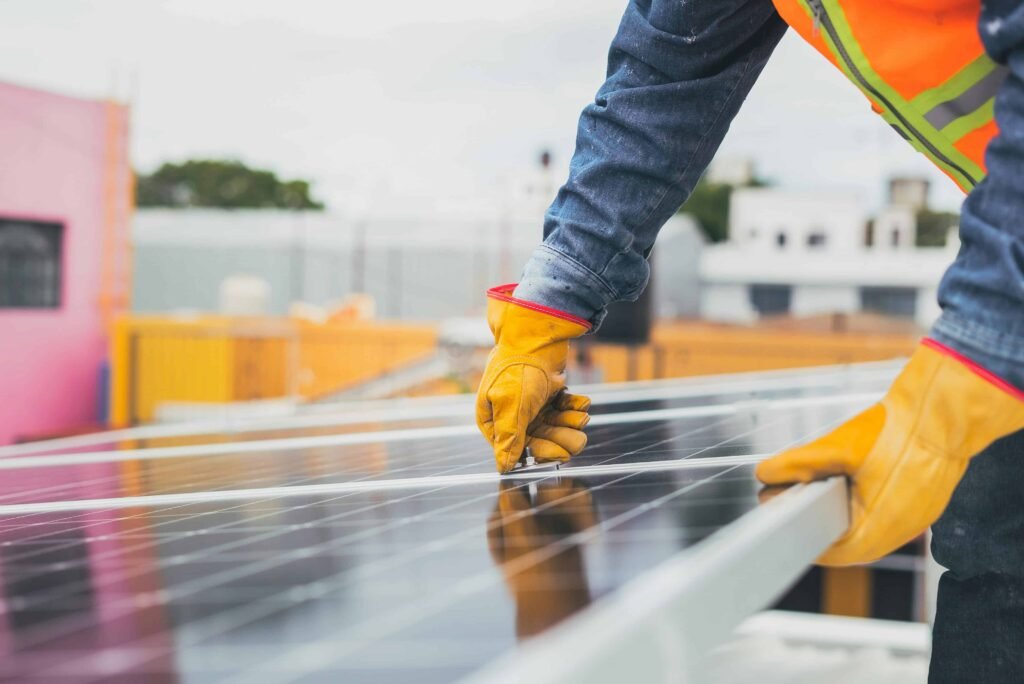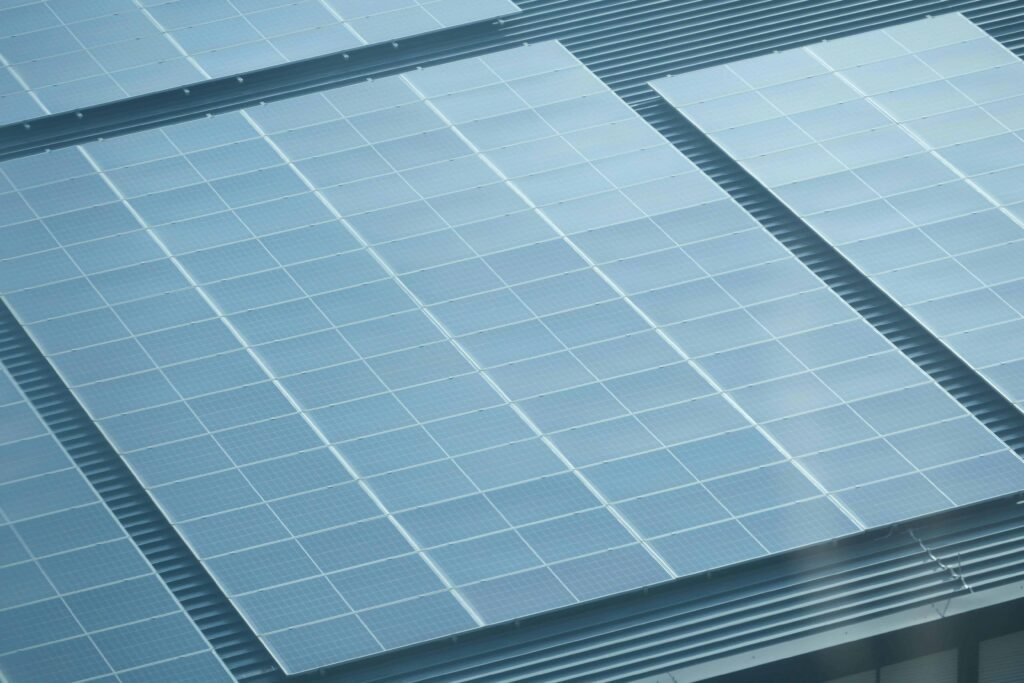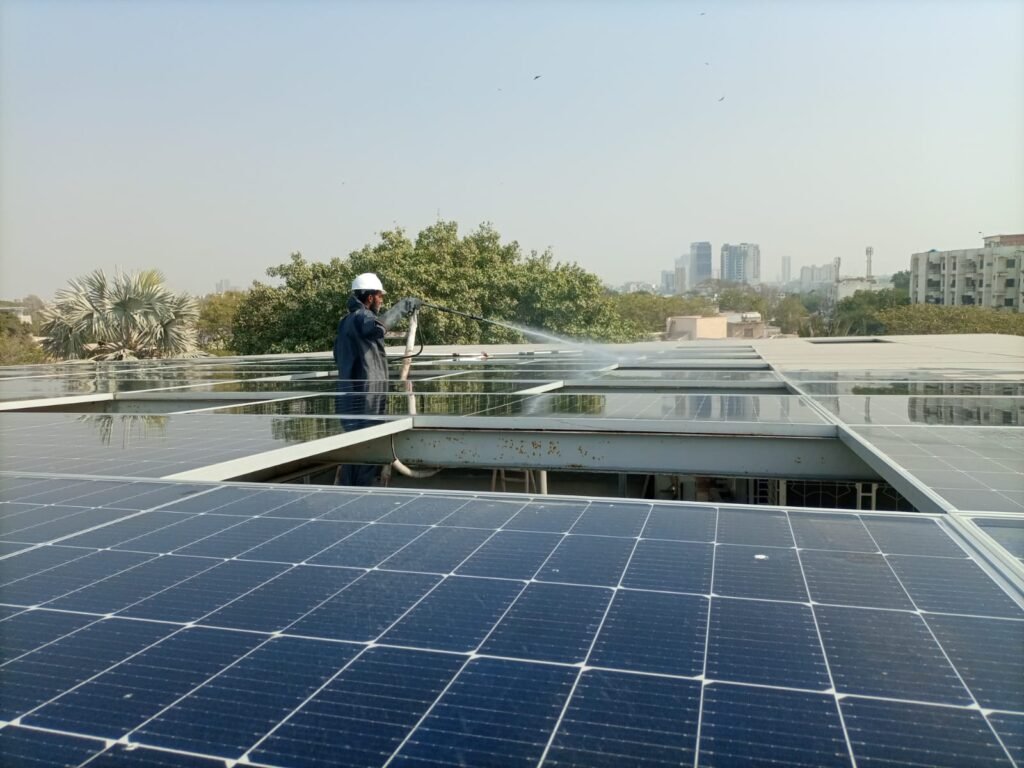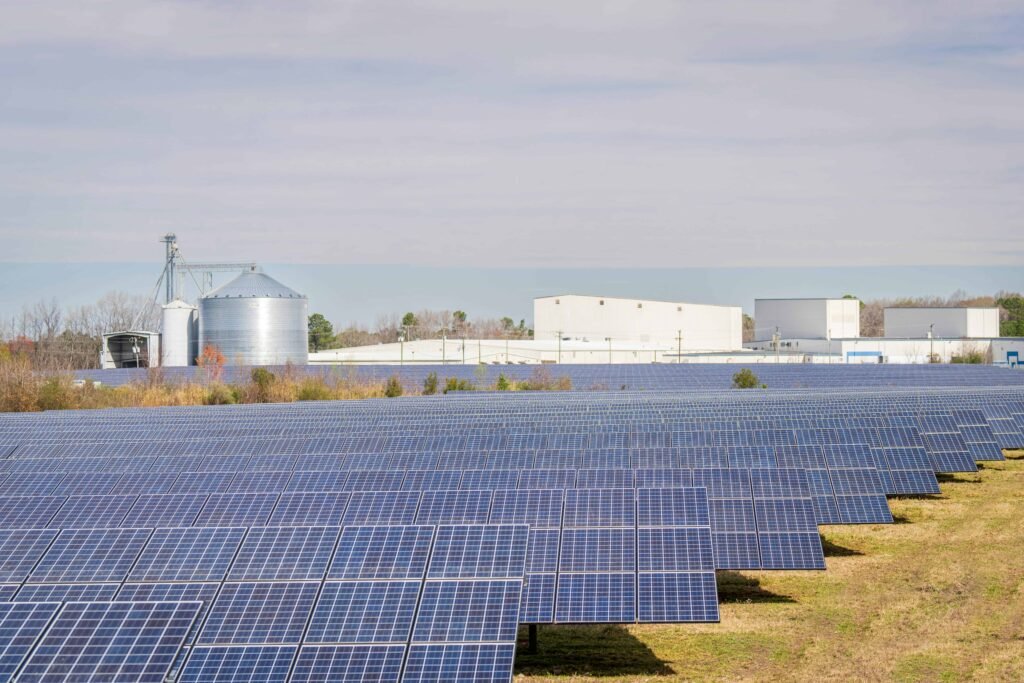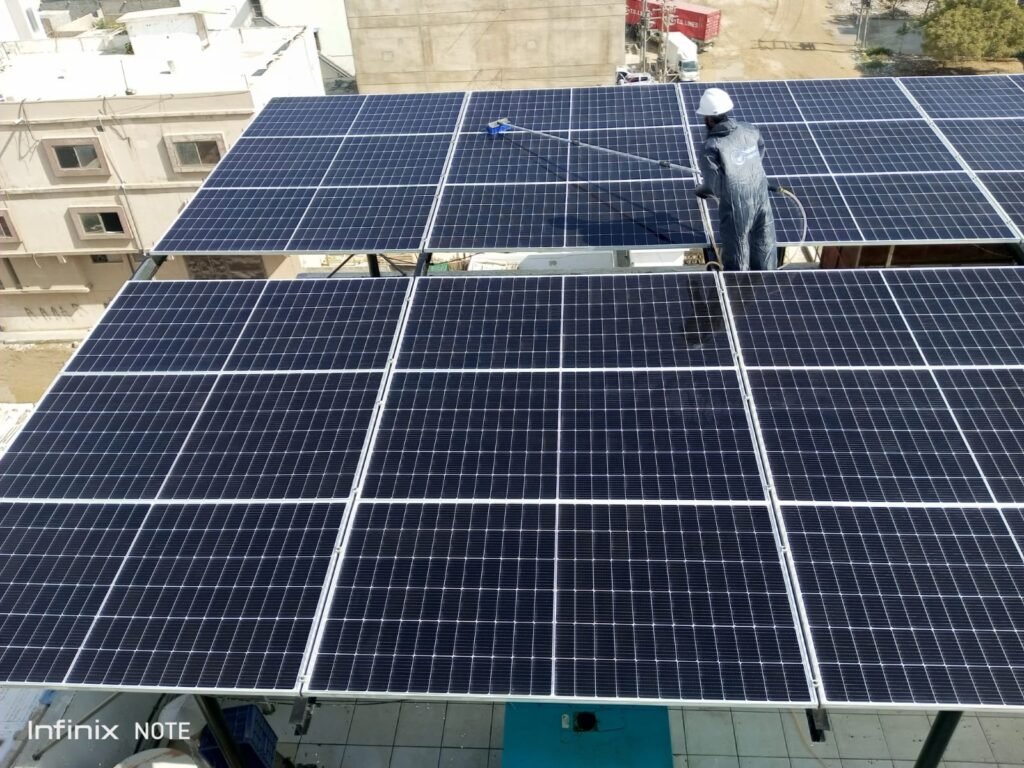Make sure that your solar panels are clean to avoid huge expenses for their maintenance. However, the frequency should be as often as possible or based on certain stipulated factors, such as location, weather, and environmental factors. Here is a breakdown of the proper cleaning frequency of your solar panels to ensure maximum output is achieved.
Factors Influencing Cleaning Frequency
1. Location and Environment
- Urban vs. Rural Areas: Panels placed in some urban parts might get more obscured by pollution, while in rural regions, more dust and pollen. A study conducted by the National Renewable Energy Laboratory (NREL) established that urban solar panels could drop their efficiency by up to 25 percent due to issues of dirt and pollution.
- Proximity to Highways or Factories: If your solar panels are installed near highways or industries with a lot of emissions, these will accumulate dust, and hence you will often have to clean them.
2. Weather Conditions
- Rainfall: Natural cleaning may sometimes be used where there is frequent rainfall so that the tasks can be accomplished by nature. But, unfortunately, rainwater is sometimes not enough to cleanse the street and defeat all the debris.
- Dry and Dusty Areas: Dust can be a major problem, especially in areas that are classified as arid or semi-arid. Owners of these panels may feel compelled to clean the panels more often, possibly weekly or even once a month if the seasons are dry.
3. Seasonal Changes
- Spring and Fall: These seasons may experience high pollen and or leaves which shelter the solar panels, thus decreasing their efficiency. Cleaning and other related processes should ideally be done at these times to ensure efficiency.
- Winter: Snow can accumulate on them, but at times the angle at which it is placed and the orientation of sunlight can help in melting it.
4. Panel tilt and Installation angle
- Panel Install: Panels that are installed at higher tilt can, in general, self-clean more, as stains and dirt will be easily washed off by rainwater. Somewhat flat or slightly tilted panels seem to require more frequent cleaning.
General Cleaning Recommendations
- Quarterly Cleaning: Most residential solar panel systems should not need frequent cleaning; hence, they should be cleaned every three months. This frequency is also affirmed by Solar Energy International, which observes that proper cleaning can help avoid losses .
- Bi-Annual Cleaning: For those regions where the climate is not extremely hot or cold and where the air is not heavily polluted, arguably twice a year should suffice, which is spring and fall. It aids in getting rid of most of the seasonal pollen, dust, and other debris that may otherwise accumulate on the windows.
- Monthly Cleaning: Depending on the severity of dust, pollen, or pollution rates, there should be monthly cleaning to achieve the best result. This is especially crucial in areas where there are formal dry seasons and the rains do not wash the solar panels.
DIY vs. Professional Cleaning
Although the cleaning of solar panels is a relatively easy process, it should be done safely and as recommended. Here are some options:
- DIY Cleaning: Homeowners can wash their panels using a soft brush or a soft sponge and washing soap. No abrasive material or chemicals must be used on the panels, as these will affect the appearance of the panels. Cleaning should be done in the early morning or at night when the panels are not very hot to avoid either shocking the panel or even burning yourself.
- Professional Cleaning Services: This can be done by a cleaning service company for large installations due to thoroughness and safe cleaning. Expert professionals have all the required equipment and the proper knowledge to clean the panels to avoid any harm.
